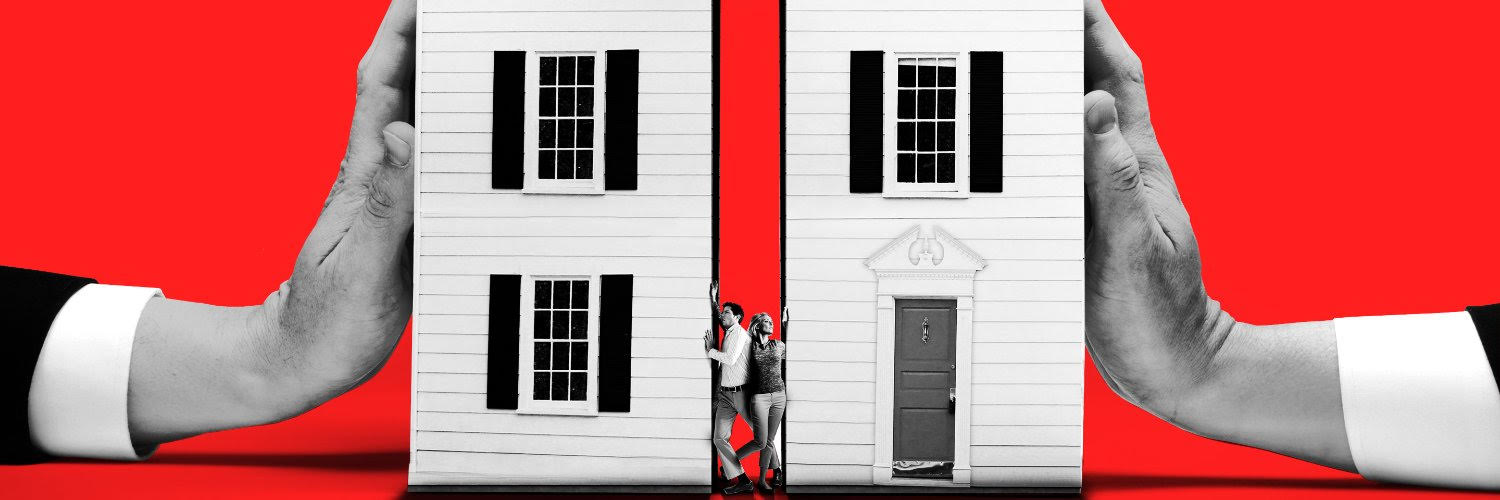
Sign of the Times
As autumn is upon us, it’s common knowledge that housing has started to take it on the chin as the Fed hits the brakes hard and fixed mortgage rates have surged to over 6.7%. Home sales haven’t crumbled, housing starts are slumping, and house prices have started to roll over. Clearly a correction has commenced, but the questions we need to answer are what kind of a correction will we see, how long will it last, and most importantly, where is there opportunity?
The base case scenario floating around amongst my circle of cocktail economists is the fallout on the broader economy from the housing downturn is just starting, we are headed towards a recession, and a crash of some degree in home prices is forth coming; or is it? Recall on May 4th, I wrote (insert a hyperlink to the may 4th blog here) about a pause that was headed our way due to exhaustion from irrational buyers, a change in monetary policy, and the subsequent decoupling of the low interest rate and all-time high stock correlation from said measures.
Moody’s Analytics this week have once again downgraded it’s U.S. housing market outlook. This is the third Moody’s Analytics housing market downgrade in just 2 months, yikes, someone is trying to play catch up! Peak-to-trough, U.S. home prices are expected to fall 10%. If we see a 10% reduction from peak pricing in June of 2022, that will take us back to November 2021 levels, which feels like working off the move higher coming out of the covid pandemic. How quickly sentiment can change!
Stocks and real estate are the largest generators of passive wealth creation and thus tend to walk hand in hand. Looking at stock investor sentiment it has fallen to a level even more bearish this week than in 2008, with 60% bears and 18% bulls in AAII Sentiment Survey. The bull/bear spread has been negative for 23 weeks in a row, the 2nd longest streak on record. Not the year for optimism. 2022 is on pace to be the most bearish year in the history of the AAII sentiment survey. The S&P 500 recorded its low for the year this week, down about 26% year to date, and there was a rush cash while this low was made with the highest outflow (investor selling) since the covid induced stock market crash in April 2020. So, the question now posed is will housing prices play catch up to the downside?
Every metric that has screamed inflation is falling like a rock. I’m becoming increasingly convinced we went through an inflation hiccup rather than the structural 1970’s era environment. It’s fair to point out that Fed hikes this year have had an impact in squashing it and it’s clearly happening now. The ever-popular Shanghai to Los Angeles shipping rates, which were a primary gauge in the supply chain craze, are back to pre-pandemic levels. The used car market is no longer operating at asinine levels, this too back below pre pandemic levels. Oil prices are now down about 1/3 since their March high, and gasoline is down 25% in 85 days. Lastly, current job openings are falling and are a key focal point for future rate hikes.
The economy is proving itself to be more robust than many believe and it’s important to point out this is the most bullish environment for a home buyer to operate in over a decade. In my opinion, we went from a “get me in at any cost” market just six months ago to one of the best opportunities to acquire a property since 2012. A case in point, mortgage applications plunged to a 25 year low, recording the slowest pace since 1997. When accounting for income, it’s more expensive to buy now than it was at the height of the ’00s housing bubble. That “pressurized affordability”—not a supply glut nor bad loans—is why home prices are falling in many markets across the country. To place this into context, when you’ve seen your home’s values soar 40% to 60% in just 24 months, it’s a little easier to chop off 10%, which sellers must do in order to keep pace with the market.
Back to the housing market. It’s not just about how expensive housing got—it’s how fast it got there. We went from a historically affordable housing market to a historically unaffordable housing market in just 24 months. The last inflationary period (70s into the early 80s) also saw housing become unaffordable relative to incomes. It didn’t crash.! But it did contain, on a relative basis, future growth. 0% U.S. home price growth over the coming year, after a correction of about 10% should be expected, in my opinion. Beyond that: nominal growth should continue.
Coming out of the summer stall, it is a great time to be a buyer of real estate, yet few are willing to dip the toe into the now calm waters, as it feels better to wait and see. It gets me bullish on the prospects of a Fed that is closer to the end of its rate hiking cycle, which will stabilize stocks and interest rates, and then buyers will move back in, but shouldn’t a buyer engage when others are fearful?


